Built between 1806 and 1809, on the old Sarbeasca Street, which today bears the name of Lapusneanu Street, Catargiu House is one of the most imposing buildings in the country, for many of us being known as the Union Museum or Cuza's Palace. But the building was not only the residence of the ruler Alexandru Ioan Cuza and not only a museum, as it has been for 40 years now. The house keeps its soul alive and, although it had several owners who gave it more destinations, it is one of the buildings of the historical monument of reference, which is associated with the Little Union and the ruler Cuza.
"If we look at the documents, it is built in 1806. In 1937, when the buildings around the house were demolished, at the foundation of one of them was discovered a bottle with a note in which it wrote 'The new houses', thus being attested the beginning of the construction in 1806 and its first owner. The house was built by the Catargi family: Eliza and Stefan Catargi. We don't know who came the money from. It may have been from Eliza's dowry," curator Brandusa Munteanu told AGERPRES.
It's a house, the architects say, neoclassical.
''At first neoclassical, because people with a material state move their homes, after the great fire, a fire in which a part of Iasi burns, towards the Dealul Copoului. Probably also during this period the house is built according to European plans. It may be that the architect is Viennese, as many other architects who were here in the area, we do not know his name. If we look at the style, it is clear that the architect respected the European fashion. European fashion that comes, curiously, through Russian influence. The Russians come here at the end of the 18th century - the beginning of the 19th century, through military campaigns. They bring with them the whole fashion, the lifestyle, the architecture, which the Romanians, eager for the new, as we are today, copy. Especially women are among the first to adopt these changes," Brandusa Munteanu added.
The building on the Sarbeasca Street is sold in 1827 to the Turkish-appointed ruler-boyar of Moldova, Constantin Palade.
"This house is a museum not by chance. It had a special history. I think it's the most important object. The boyar appointment by the Porte to rule Moldova, Constantinica Palade, was a modern man. As Radu Rosetti recounts in his memories, this Constantinica Palade undresses his oriental clothes - the boyar gown and the heavy clothes and adopts the special Western costume to set an example to those around him. If we are to talk about the house, he buys this building in order to live his beautiful love story with his second wife, Saftita, who had been first married with the former ruler Mihail Sturza. It is said that she was playing with dolls when she was told that she had been found a husband. At the age of 12, she has a marriage during which two sons are born. It is said that Saftita was very happy in this house. Her husband buys furniture from the west. We have documents that talk about these things. It is about the wealth inventory of this house. But their love story doesn't last long. They stay only about 7 years in this house, because this lover of the new dies of a cancer," Brandusa Munteanu.
After the death of the boyar, during the cholera epidemic in 1831, it is resold, by auction, to the Cavalry Commander Mihalache Cantacuzino Pascanu, whose owner remains until his death. In the house of this well-known family, the Unionists met at Iasi.
"In this house, in 1856, the Union Society met, which was founded at the vineyard of Petre Mavrogheni from Socola. At the end of one of the meetings, a journal is drawn up with the programme of the National Party, which is signed by 170 people from all social classes. This programme aimed primarily at the Union of the Principalities," explained, in her turn, the museographer Aurica Ichim.
Among the signatories there are also people whose names have made history: Vasile Alecsandri, Costache Negri, Mihail Kogalniceanu, Dimitrie Ralet, Grigore Cuza, Gheorghe Sion, Scarlat Pastia.
At the beginning of 1857, the Cavalry Commander dies, and the house remains the estate of his wife, Maria. From her rent the local authorities the house, with the intention to turn it into the residence of the new ruler, Alexandru Ioan Cuza.
" The legend says that it is not by chance that the house is rented to serve as a royal dwelling precisely because they kept alive this memory of the meetings in the house of Cantacuzino Pascanu. Of course, now everyone talks about this building as about the Cuza House, the house of the ruler Alexandru Ioan Cuza, as if he were the founder. It actually remains in the collective memory, which has its unspoken mechanisms and which has nothing to do with reality. All the world, after he stays here, names this house Cuza House. Perhaps one of the explanations lies in the fact that Alexandru Ioan Cuza was, as those of the young generation say, an extremely popular man, a man who received visits to this house. The house was just a service dwelling. There was also the Royal Palace, which was on the site of the current Palace of Culture. There, at the Ruling Palace, there is also a throne room. He was an unconventional man, less formal. He was laughing when the world said to him, 'You are a ruler! Look, these are the rituals!'. I'm not saying he didn't respect them, but they didn't seem important to him. I think this house actually worked, because it was a workhouse. There have been a few years that have actually troubled him. Seven years of Cuza's reign were not just 7 years. In fact, the Act of Union was not completed on January 24, 1859, as everyone believes. There followed 7 years of consumption in which the Romanian diplomacy, Cuza had to really make the Union, to get to unite inside, to get the Union to be recognized outside as well. I believe that Al. I. Cuza also worked from this house, while he lived here, at the laws and many other projects," Brandusa Munteanu said.
Although Prince Cuza moves to Bucharest, which once with the Union of the Principalities becomes the capital of the United Principalities, the residence in Iasi is kept until the autumn of 1865.
Also in this house King Ferdinand receives the delegations of the Romanians who demanded the Great Union, and during the First World War, the house was arranged for the Royal Quarter. Upstairs were the rooms that were arranged for King Ferdinand, where he slept, received visits and worked.
"Queen Maria with the princes and princesses lived in the house of the 4th Army Corps Command. King Ferdinand, in the palace on Lapusneanu Street, received the New Year's wish written by Nicolae Iorga and read by the actor Constantin Nottara, a greeting that expresses confidence in the resistance power of the Romanian people and the realization of the national ideal. Also here, from the palace's balcony, the king and I. I. C. Bratianu watched, on June 8, 1917, the parade of the Transylvania and Bucovina volunteers, after the manifestation that had been made to them in the Union Square, around the statue of Alexandru Ioan Cuza. King Ferdinand and Bratianu received here the delegations from Bessarabian, Bucovina and Transylvania people, in 1918, who brought with them the acts of union with the country," the museographer Aurica Ichim said.
With the Second World War, not only people are affected, but also the houses and palaces where they lived. But before that, the house appeared for a good period of time, between 1886 and 1937, to the Urban Credit Society, one of the great banks of that time. On the ground floor of the Union Palace, in 1904, there were opened several shops that sold sewing machines, pianos, jewelry, in 1922 here functioned the restaurant Traiul, in 1929 the Bookstore of the Romanian Teacher was opened, and later, in 1938, the Cultural League Bookstore. The first piano built in Iasi was also exhibited here.
"It was a very well-known bank, which had branches all over the country. We even have some pictures, probably there was an album, with the principal's office, with the room where he was waiting for the audience. Again, we have to place the house in a context. The house was then located on Alexandru Lapusneanu Street, a kind of Corso of those times from the end of the 19th century - the beginning of the 20th century. It is also mentioned by Ionel Teodoreanu in one of his important writings, and by Mihail Sadoveanu. At that time, upstairs was the headquarters of the bank, and on the ground floor there were different shops. Who wanted to be seen or buy something came here, on Lapusneanu. On the ground floor of the building there were shops where diamonds, Swiss watches and everything that could be sold in a place extremely sought after by the world were sold," Brandusa Munteanu said.
But the Urban Credit Society, like other banks or commercial companies, is also facing financial problems.
"It is said that there were debts to the Tax Office, and at the initiative of the politician Nicolae Iorga, president of the Commission for Historical Monuments, the house passes into state ownership. Iorga had noticed that it was a place of great national importance. In 1937, the house becomes state-owned, becomes a center of culture under the coordination of the Commission for Historical Monuments and a small museum is organized in 6-7 rooms upstairs. This museum was run for a while by the hearty journalist Rudolf Sutu. It is a museum of history and art, according to the fashion of the time, where many objects that belonged to Cuza and paintings that were brought by Nicolae Iorga himself are gathered. On the ground floor, there are different cultural associations, even a printing house, a bookstore. All this until the Second World War," Brandusa Munteanu stressed.
The house was severely damaged during this great conflagration. The current museum is a reconstruction made after the Second World War, with objects gathered from different places, either by transfer, because there is a legislation that allowed this, transfers from the patrimony of other museums. The house was opened to the public on January 24, 1959, under the name of the Union Museum, to celebrate the centenary of the Union of the Romanian Principalities.
"Two incendiary bombs had fallen on it. At one point it was even wanted to break down. Despite the situation they are in, several attempts are being made. An ethnographic museum is originally intended to be established. Ethnographer Emilia Pavel told me that her first years of museography were spent here. In the courtyard of the museum began to collect different objects, and each ascent and descent of the stairs represented an imminent danger. At some point, personalities of Iasi, such as the director of the Archives, Gheorghe Ungureanu, university professors, such as Professor Dimitrie Berlescu, begin to write memoirs to save the house. There is a real odyssey in which various architects, including the famous G. M. Cantacuzino, who was retired to Iasi, come and deal with the restoration of the house. The edifice is restored, restored according to the conditions accepted then. Part of the building, a quarter of it, is no longer restored. Until the end, a history museum is decided to open here. First it was intended to be a museum of the city of Iasi, then the idea was given up. I found in the local press at that time mentioned in many articles: 'what the bourgeoisie have not done in 100 years, we do, the communists'. Indeed, with a real support, because they could, were given some laws by which different objects could be brought from various cultural institutions, it was also the period when the aristocracy and the Romanian intelligentsia were starving to death or were in communist prisons. It is the example of Gheorghe Bratianu, who died in prison in Sighet, and his wife, Elena, is forced to sell. A large part of the objects that belonged to Cuza we have from her. In this political context, the museum's heritage is gathered again. Our archive keeps a lot of documents," Brandusa Munteanu revealed.
Currently, the Museum is "a house with a living soul", as the museographer Aurica Ichim calls it. On the ground floor of the building are presented thematically aspects of the Union era, but also a history of the house. Among the topics addressed are those concerning the double election, the people of the Union, the reforming policy of the ruler Al. I. Cuza regarding the development of education, the reform in justice, the appropriation of the peasants, the military uniforms, the decorations of the ruler, the insignia of the power and the decorations of the Order of the Union. Here are also two rooms for conferences and temporary exhibitions, because at the Union Museum are organized, besides the museum's specific activities, programmes of museum pedagogy, musical evenings, symposiums, congresses, book launches.
The first floor is intended for princely apartments from the mid-nineteenth century. The space was arranged according to the customs of the Union era, in the upstairs halls being reconstituted the ambient atmosphere from which there is no lack of the working cabinet of the ruler Alexandru Ioan Cuza, that of Mrs. Elena Cuza, the living room, the official salon, the billiard room, the lady's room, a bedroom of the ruling family.
In the patrimony of the museum are included various pieces of great historical, memorial, documentary, but also artistic value, from documents, rare books, to old photographs and maps, costumes, furniture and other objects of decorative art, which belonged to the Cuza family and the aristocracy of that period.
The Union Museum also holds a valuable collection of old coins and medals.

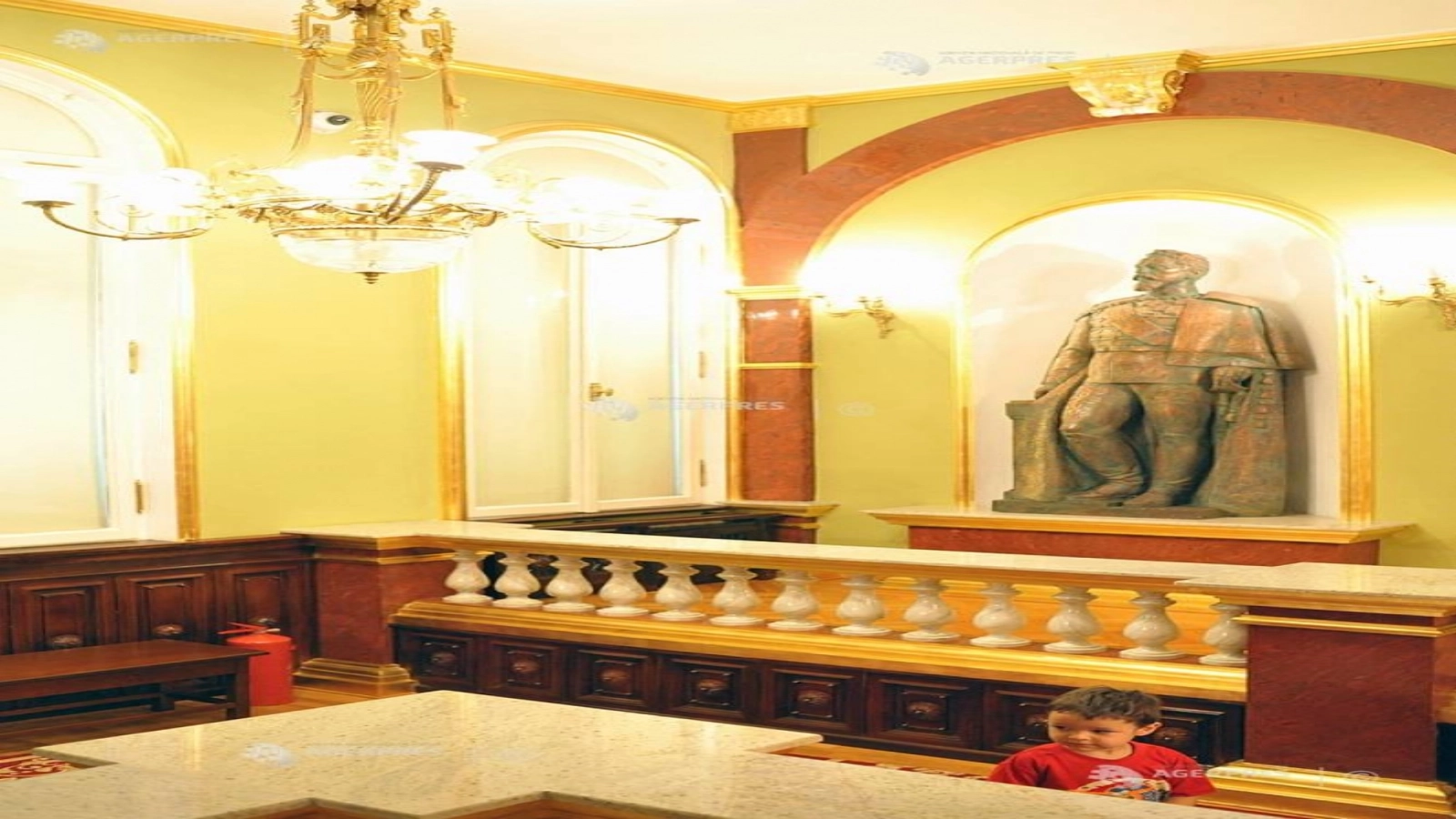



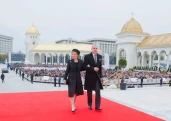
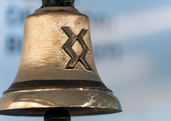


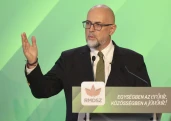






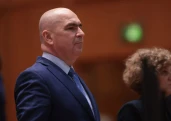




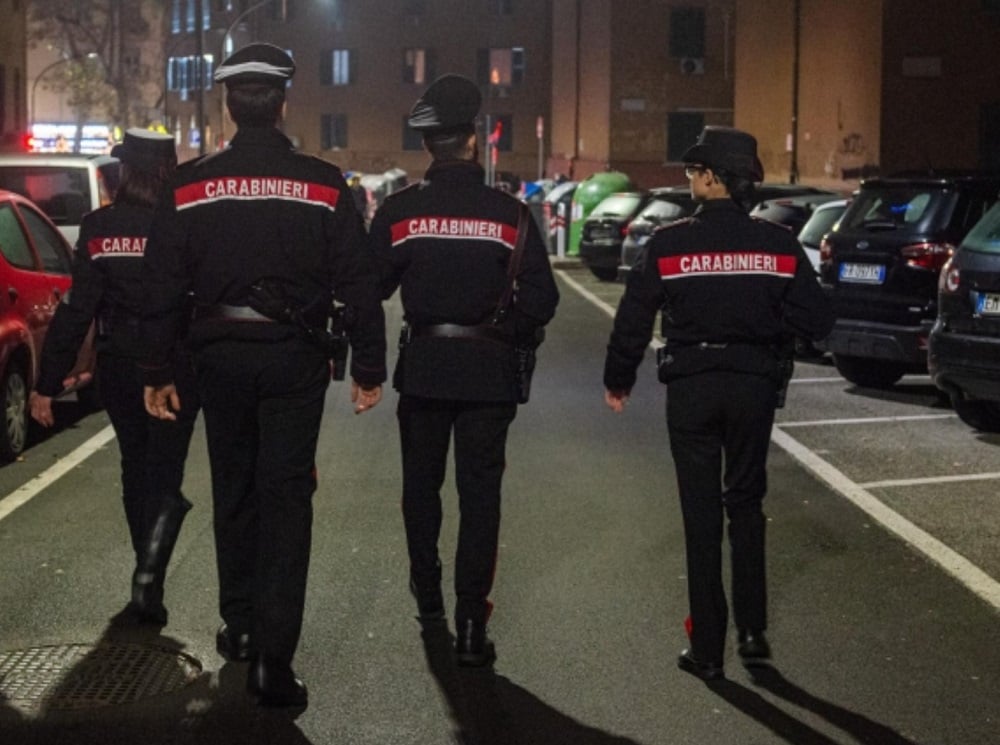


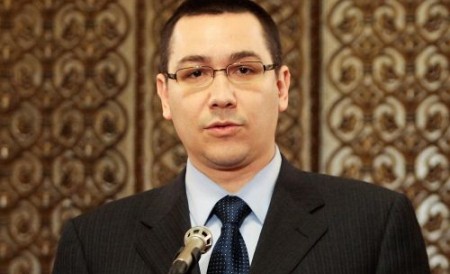

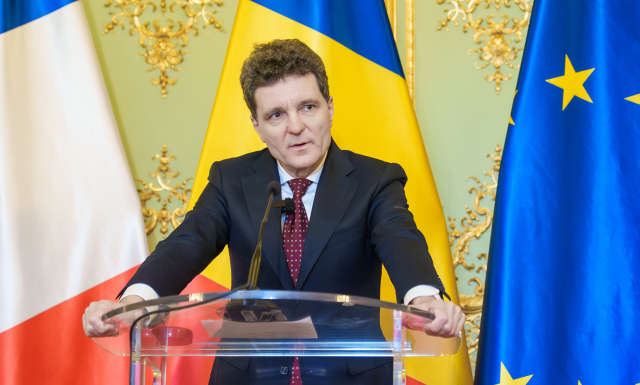

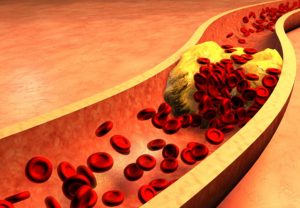



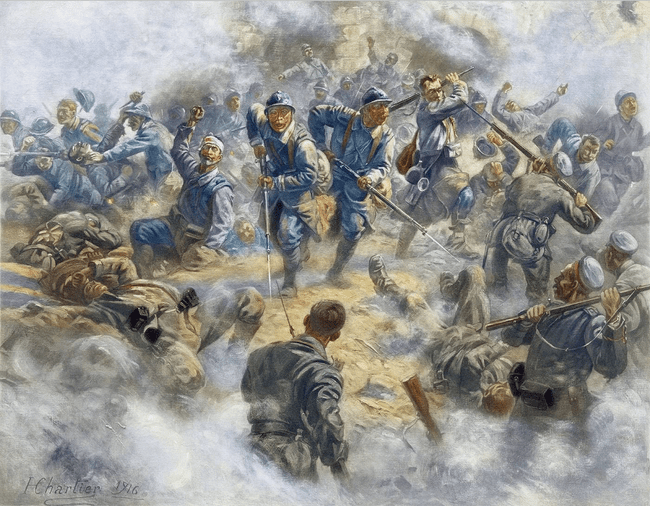


Comentează